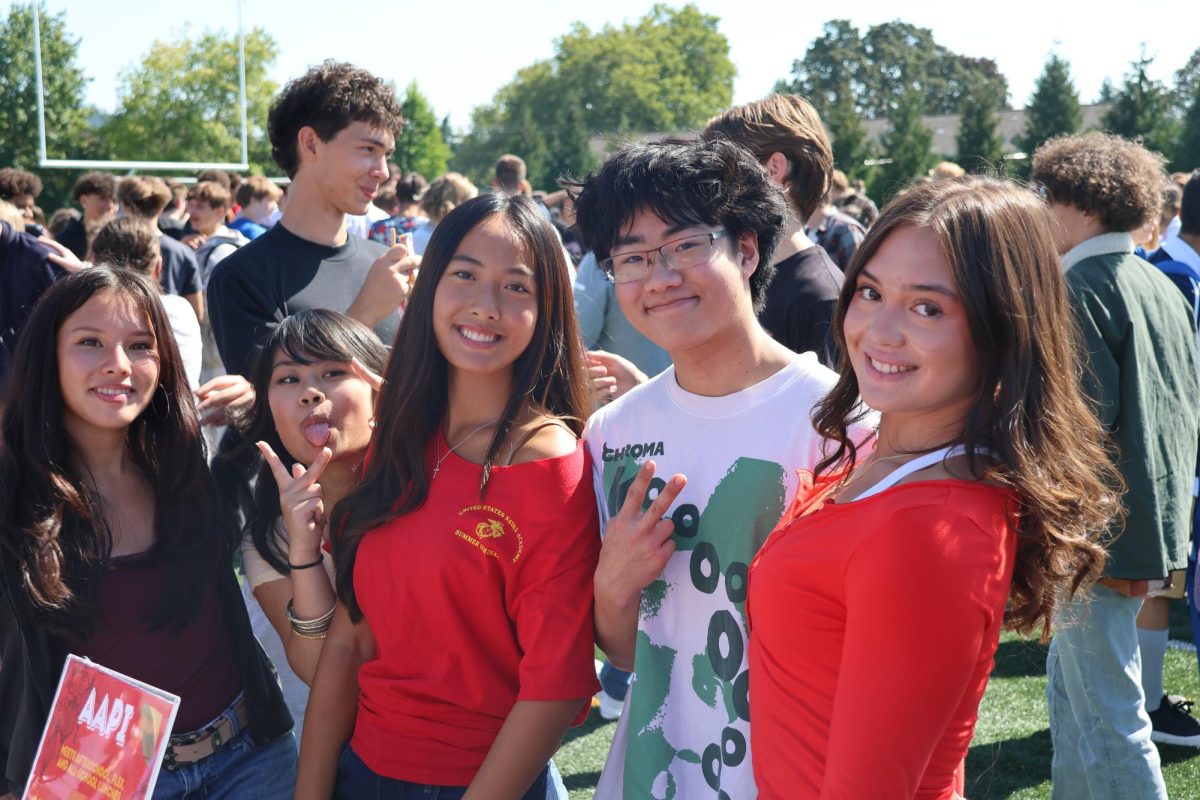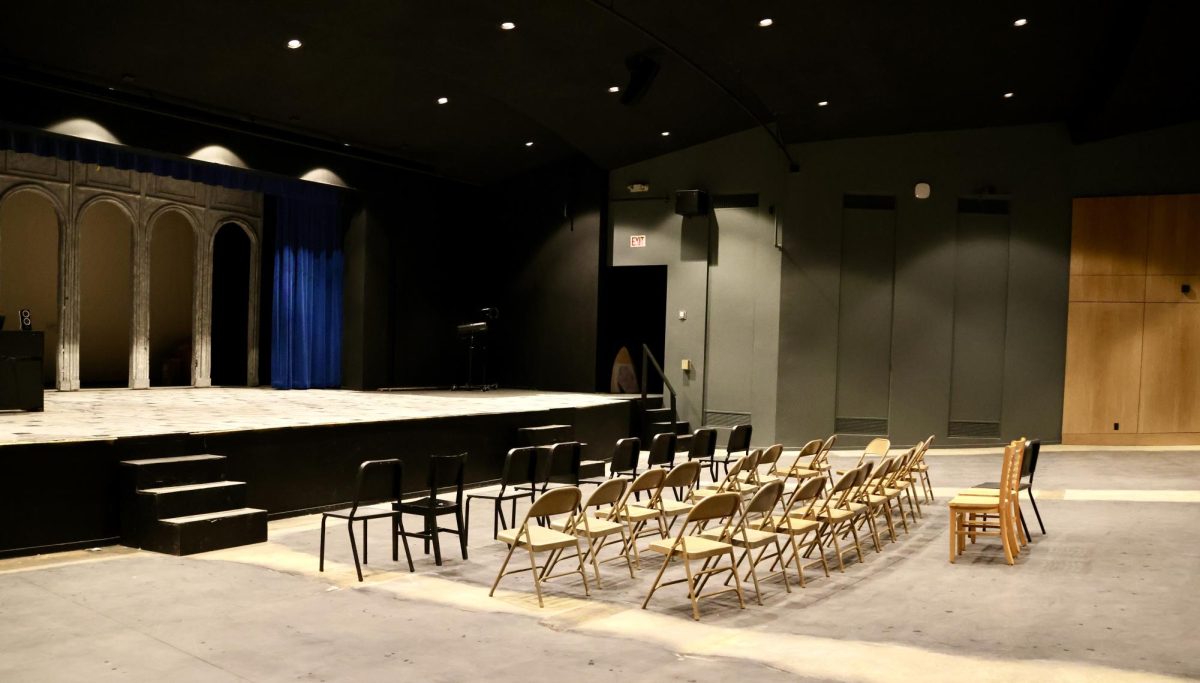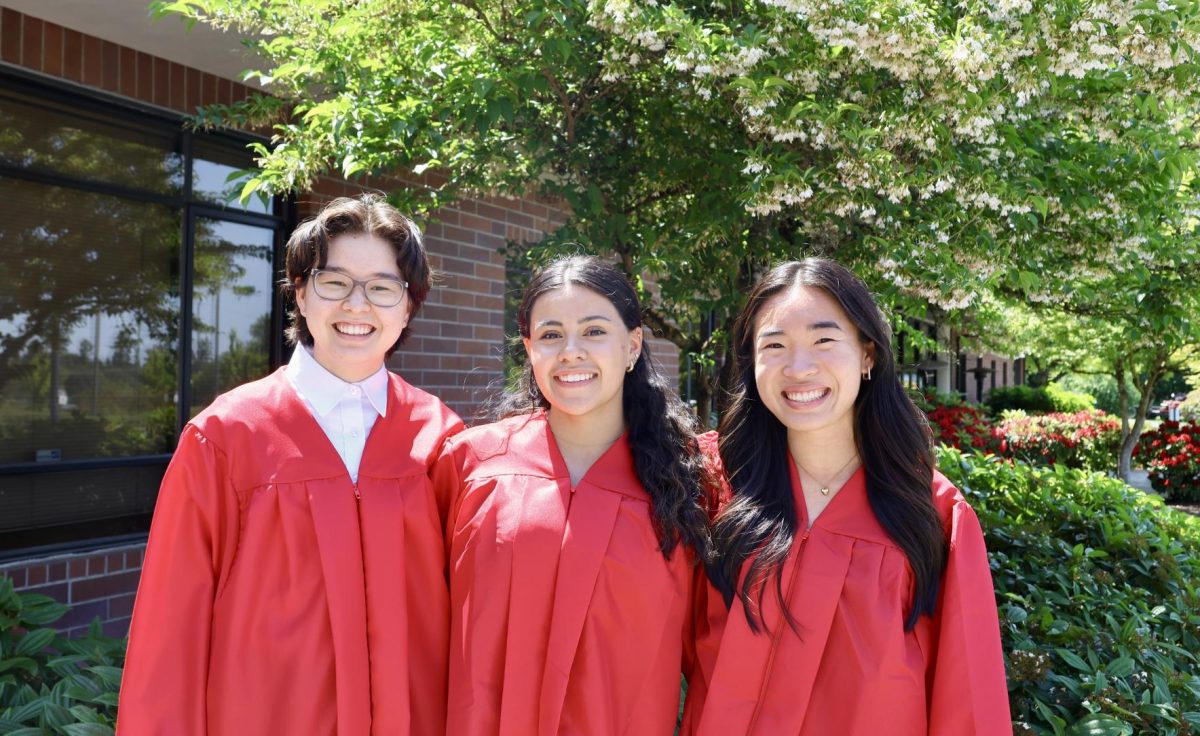“Black Excellence” was the phrase emphasized at this year’s Black History Month assembly, where it was highlighted as a concept to keep at the forefront of our minds for the rest of the month and the whole year.
As the month takes place, Director of Service Ms. Olivya Conner and Black Student Union (BSU) leader senior Gelila Tadele expressed that as familiar Black historical figures are highlighted, two essential questions are posed: How can our community showcase Black people without falling victim to the temptation of comfortable patterns, and how can we authentically reveal the hidden excellence of every Black individual during this pivotal time?
“It’s being able to, not only know about the history, but appreciate how Black culture is a part of everything — a part of all American history and American life,” Ms. Conner said.
According to Tadele, having a special guest speaker at the assembly allowed it to be especially beneficial for the audience, as they could hear a successful perspective connected to the community, while including student speakers helped it to be more relatable for all students. Balancing the line between being informative and engaging was imperative for Tadele when planning the assembly.
Beyond the scope of the assembly, Tadele is hoping to organize a potluck as an opportunity to branch out in the community. This event will be open to everyone, not just members of the BSU, since “you’re there to learn, you’re there to immerse yourself in it, and try to learn more about the culture,” she said.
Not only is it important to have safe spaces available for everyone to learn, Tadele also emphasizes the significance behind educating yourself to understand the real truth behind Black history, and not just the culture.
“Without the exposure of our history, we’re not going to be able to move on and make the changes,” she said.
Ms. Conner noted the repercussions of solely focusing on the same people every year, and how it can be repetitive, taking away from the importance of learning about Black history when the time is only spotlighted once a year. Martin Luther King Jr. stood out to her as an example, as he is most often shown as the embodiment of peace despite the “real racism, death, and destruction” that took place during his life, therefore failing to recognize what he fought against.
Ms. Conner points out that the real racism, death, and destruction of the Civil Rights Era is concealed under a blanket of comfort, because less uneasiness means less meaningful thought, resulting in a more palatable, digestible history. “People don’t like to think about it,” she said. “People want to highlight the most quiet, nonchalant, and chill things because it’s a lot scarier to expose the truth about what Black history is in this country.”
What is being revealed and the degree to which it is given purposeful attention remains in debate. Tadele notes that often in the school curriculum, repetition looks like presenting the negative side of Black history, like slavery, as the end-all be-all. Growing up, “everybody around me [was] learning what Black people didn’t get or everything that Black people had to go through,” Tadele said.
And a key point was missed when it came to learning about Black history.
“[Black History Month] was never about empowerment. It was never about showcasing the accomplishments,” Tadele said. “It makes it look like it’s [a] limited success.”
Because Black History Month and other heritage months are confined to a set amount of days, Ms. Conner said that the pressure to spotlight every essential piece of Black history culminates in questions, such as “what do you highlight? What do you show?”
This leads Ms. Conner to the conclusion that “successful representation is a slow movement towards diversity.” In order to build effective representation, it must come in conjunction with consistency. And it doesn’t always have to come from the students.
“I don’t think that it is the responsibility of the students to always host, be the face, or to be the ones who are putting themselves out there and essentially on the line to tell that story,” Ms. Conner said, mentioning that the important part is amplifying the student voice. “Something that makes them feel proud and that makes them feel like they’re expressing the story that they want to tell.”
Ms. Conner believes that as administrators, there’s a responsibility to cultivate respect for the student body and be challenged to find ways to better support students. “School culture, in my opinion, starts from the top and works its way down,” she said. Ms. Conner explained that the gap needs to be bridged, ensuring that Black students know they are loved and cared for regardless of who may say otherwise or what stereotype is against them.
Her final note to Black students is simple: “You are enough just as you are,” Ms. Conner said.








